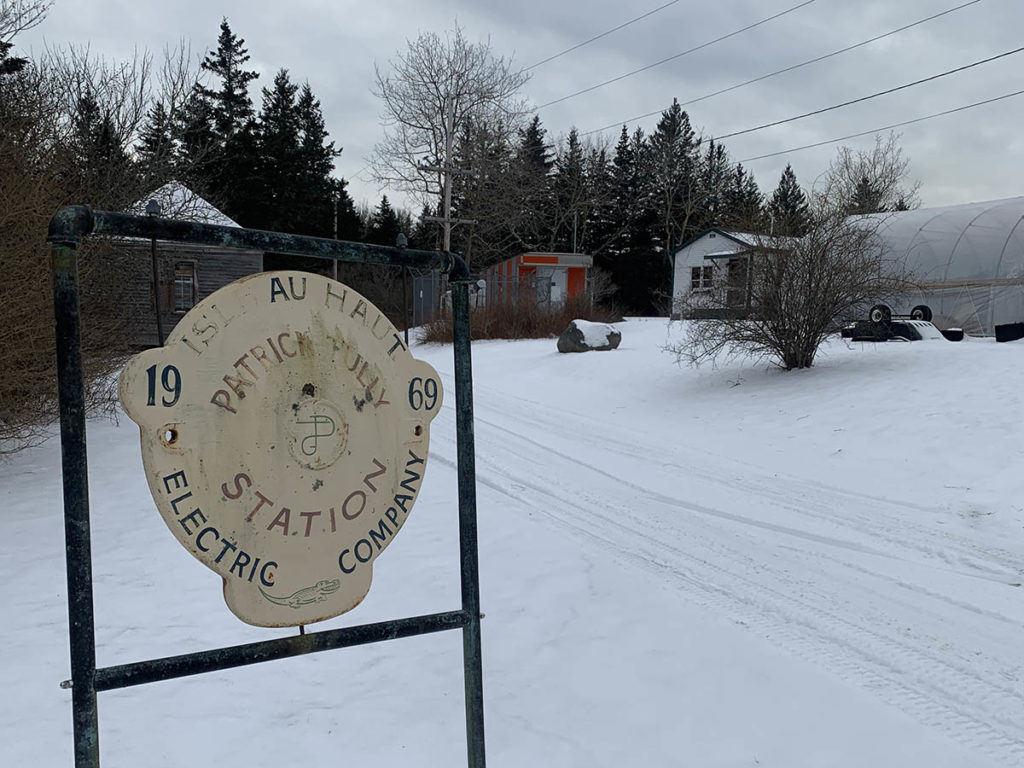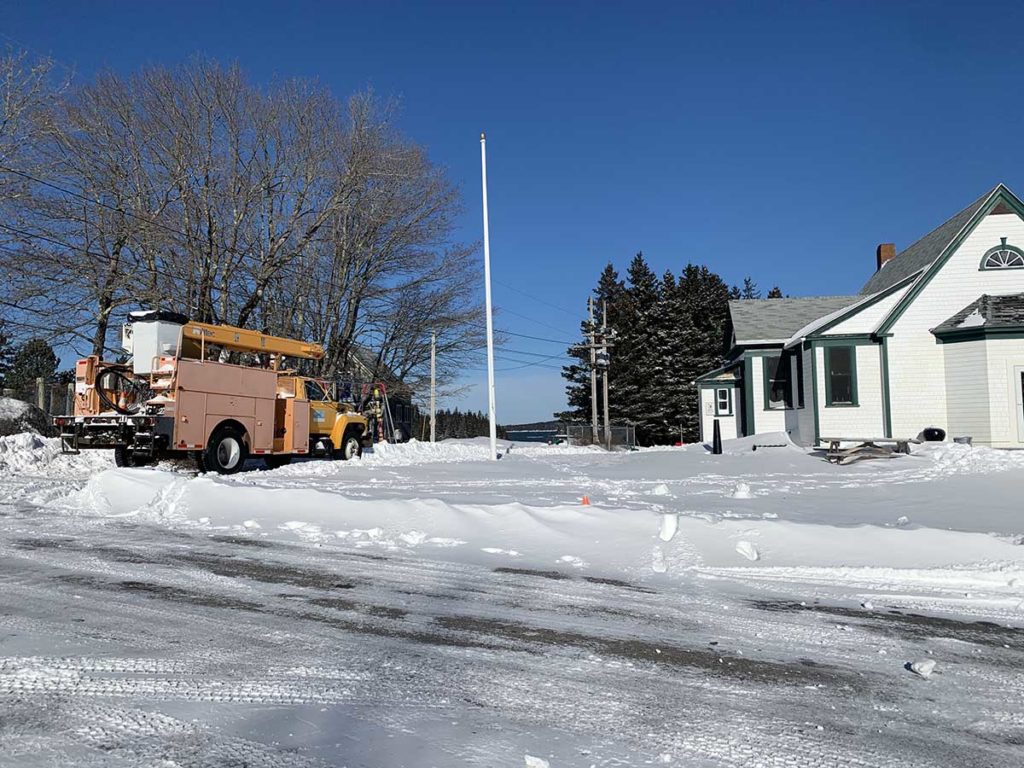
NRECA’s newest electric cooperative member is by far its smallest, but that’s not all that makes it unique.
The Isle au Haut Electric Power Co. serves an 8,000-acre island off the coast of Maine that is seven miles from the mainland and can be reached only by boat. It takes about 45 minutes to cross the water from Stonington, Maine, to Isle au Haut.
The island has just 40 year-round residents, most of whom make a living by fishing for the state’s iconic lobster. Another 80 residents begin showing up in spring to move into their vacation homes, which give them access to the heavily wooded hiking trails in the remotest part of Acadia National Park, which comprises about half the island. There are also thousands of day-trippers who visit Isle au Haut and the national park each year, with 9,000 making the trip in 2021.
The harbor village includes a general store, one church, a town hall, a one-room schoolhouse for kindergarten through eighth-grade students, a gift shop that is open seasonally, and a food truck that serves lobster.
Depending on the day of the week, Bryan Carroll, the co-op’s general manager, can be found doing everything from trimming tree limbs from a bucket truck to changing the filters on the island’s backup generator. The co-op has four part-time employees to serve its 121 consumer-members.

Carroll says the co-op is a testament to the Yankee ingenuity of his predecessors, who founded it in 1969 when a resident named Patrick Tully led a community effort to build a powerhouse and install one mile of line.
But the aging generators that powered the island needed to be replaced about 15 years later, leading to an amazing feat of engineering: the installation in 1983 of a seven-mile cable along the ocean floor on a path set by two local divers—including former board chairman Parker Waite—from Isle Au Haut to the Bangor Hydro Electric Co. in Stonington. In some places, the cable lies as deep as 100 feet.
Tully, who served as the co-op’s general manager and chief engineer until his death in 2006, and other community leaders figured the cable would last about 15 years. Nearly 40 years later, it is still working, connecting the island to what is now Versant Power in Stonington. The co-op purchases renewable energy credits to tap into hydropower produced locally in Lewiston, Maine.
“It really had to be not just the quality of the cable but the quality of the installation that has kept it going this long,” Carroll said. “I’m very humbled by the work the people who came before me have done here.”
Despite the underwater cable’s incredible longevity, co-op leaders know it won’t last forever. The co-op’s 15-member board is looking at a variety of options for the future, including installing a new cable or investing in a microgrid powered by solar or other forms of energy.

“Everything’s still on the table about how to continue to power this island,” said Carroll, who has been general manager for about three years.
In the meantime, Carroll said he is looking forward to taking advantage of NRECA’s resources now that the co-op has joined the national association. He said he learned about NRECA after reaching out to Clay Koplin, CEO of Cordova Electric Cooperative in Alaska, to talk about microgrids. Carroll is especially interested in NRECA’s employee retirement programs and federal lobbying efforts.
“I really like the reach NRECA has at the federal level,” he said. “We could use some help getting funding from federal agencies.”
Carroll, whose wife teaches the four children who attend the island’s one-room schoolhouse, said he feels a responsibility to build on the success of his predecessors—including recent General Manager Bill Stevens—to ensure that reliable electricity continues to power the island.
“When the seasonal residents return, it brings me a little happiness to see a light on that hasn’t been on for six months,” he said. “It’s fun to see the island come to life.”
Erin Kelly is a staff writer for NRECA.